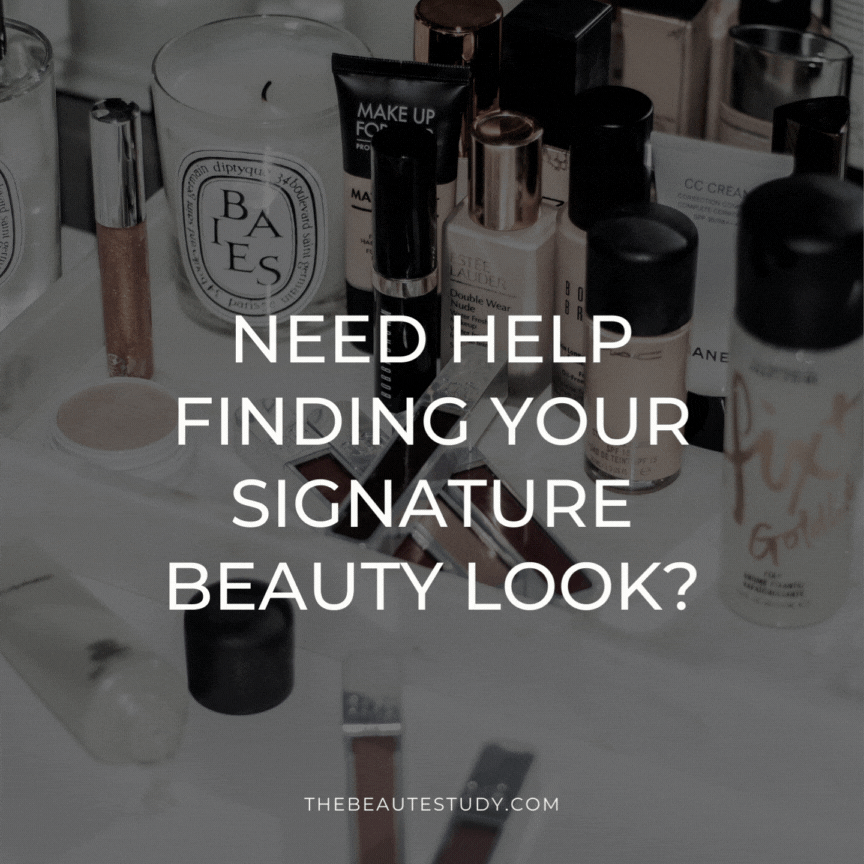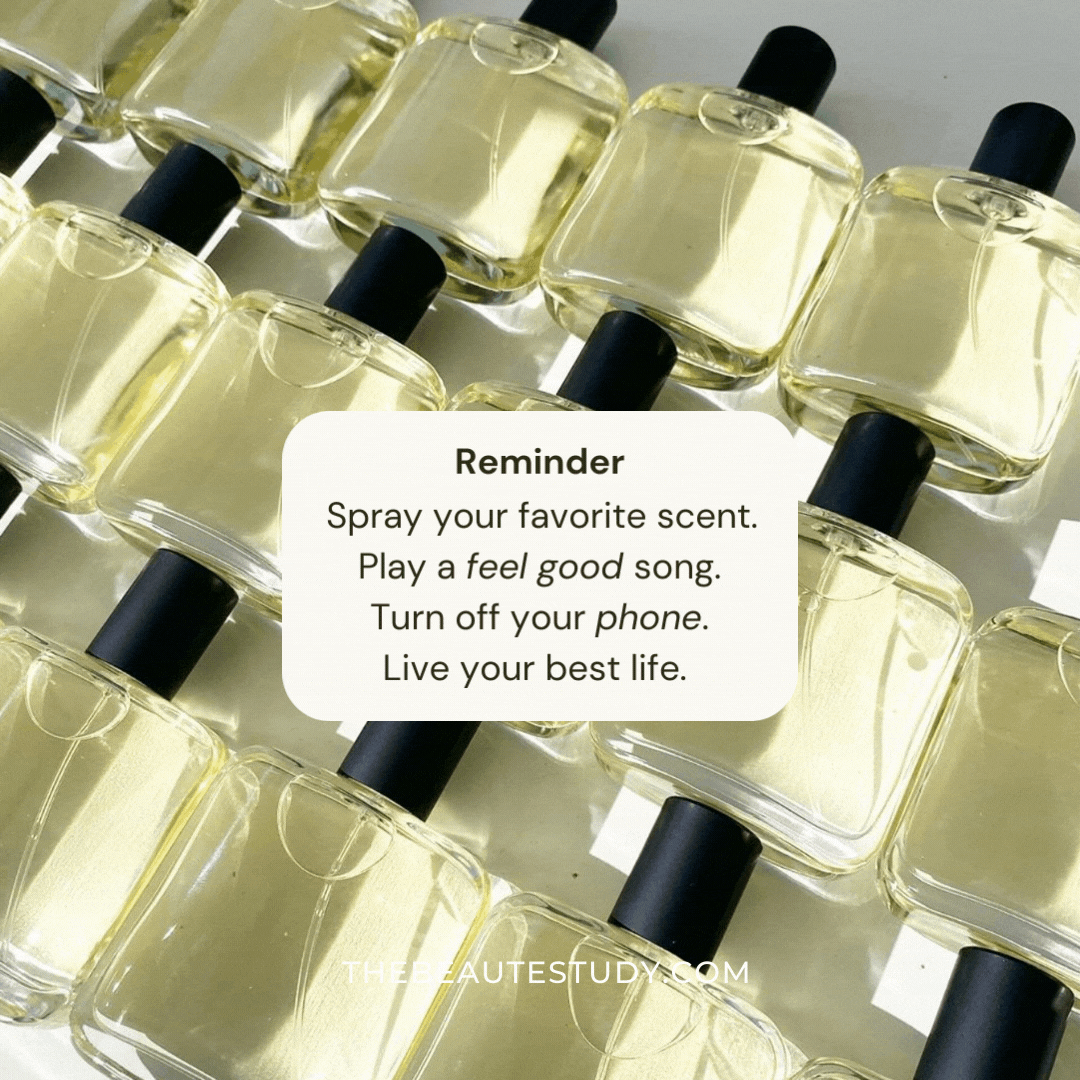As we enter the new year (spring equinox), I was reminded how the luxury sectors have traditional beginnings in certain consumer goods. To set the scene, luxury goods are derived from the aspect that it remains exclusive to a specific subset group. Throughout the years of luxury goods and luxury marketing management, luxury tiers have been introduced to fed consumers who want to meet the exclusivity aspect of luxury that they play on human nature’s love of tribes. For more information on the luxury tiers, please deep dive into this previous essay.
The traditional luxury experience is derived from the aspect of the experience. Luxury is defined by Webster’s Dictionary in three different ways, “a condition of abundance or great ease and comfort, something adding to pleasure or comfort but not absolutely necessary and an indulgence in something that provides pleasure, satisfaction, or ease”. In the luxury world, “hedonism takes precedence over functionality.” (21, Luxury Strategy book) In the Luxury Strategy book, it mentions how the keyword of luxury is “dream, not envy”. The sections of luxury I am introducing here are spirits, jewelry & watches, fashion, beauty (fragrance), art (museums & galleries), and hoteling.
Sections of Luxury
Why these sections of luxury? They follow a few requirements that I have collected here:
- They provide an experience that you will always dream of at the moment. For example, a sip of real champagne can make you feel on top of the world and luxurious because you have the real thing.
- They are selective in their offerings. Not all experiences are the same, even with the same product. You can be gifted the same watch as your friend, but you have a different experience on HOW it was gifted and how you were introduced to the brand.
- They have a trusted vision and history where it maintains the codes constantly regardless of shifts in time, economy and world trade. Legacy brands that other corporations purchase may lose their way. The desires of a corporation may outweight the desires of a luxury brand. It is driven by profit.
In the following sections below, I have listed examples of a luxury brands that follow these requirements.
Spirits
- Louis XIII
- Glenfiddich
- Hennessy
- The Macallan
- The Dalmore
Jewelry & Watches
- Cartier
- Van Cleef & Arpels
- Bvlgari
- Chopard
- IWC
- Audemars Piguet
- Rolex
- Breitling
- Jaeger-LeCoultre
Museums & Galleries
- Christie’s London
- The Met
- La Fondation de Louis Vuitton
Fashion
Handbags
- Delavux
- Furla
- Polene
Leather Goods
- Salvatore Ferragamo
- Bally
- Hermes
- Louis Vuitton
Take Action
For suggestions on getting to know these brands:
- Spirits: The best way to learn more about spirits is to experience them yourself. Visit a wine cellar or wine shop that has different many different wines from different regions. Online options have similar options with a wine club for tasting and online events. Build rapport with the wine specialists by learning their names and connecting with them through a simple conversation.
- Jewelry & Watches: There are watch and jewelry events around the country in the US that are open to the public to view. For those not interested in events, the internet is a great tool to find online communities to engage and educate you on jewelry and watches. YouTube is one of those platforms where you can visually see the watch band and view consumers buying luxury goods worldwide.
- Books: One of the greatest tools of a legacy brand is their ability to share their history. It is how they take control of their legacy by sharing their founding stories and visual storytelling. Books like the Watch Book, the History of Cartier, written by one of the members of the Cartier family, and much more.
- In Print & Online Magazines: Publications are moving towards showing luxury in digital spaces.T Some examples include The Beauté Study (!!!), Up Next Designer, Fashion Feed YouTube, Editorialist, Sheerluxe, Vogue, The Cut, The Zoe Report, etc.
Remember that “luxury is superlative not comparative”. Luxury follows specific codes that are tied in with a uniqueness that cannot be taken away from a brand. Newer brands can be considered apart of the luxury goods sector. Other heritage brands can lose their luxury status. I hope you enjoyed this essay on luxury goods.
Author Profile
- Sterling Jones is the Editor in Chief of The Beauté Study, where is responsible for leading the editorial calendar and creation of online educational content across all categories, brand partnerships, VIP concierge, agency-side of business, and online classes. Sterling loves to write and create engaging content about the power of beauty, cultural trends and lifestyle brands. She founded this platform in 2017 and organically grown into a trusted media platform with the support of a growing population of feminine women growing and defining in their beauty epiphanies. Under her leadership, the brand has worked with other brands in partnership like La Mer, Bobbi Brown Cosmetics, Mejuri, Follain, Cocokind Skincare, Moisture Love, Rein Beauty, Proven Skincare, The Beaute Culture Conference, QCNY Luxury Spa, Merit Beauty, and more. Born and raised in Atlanta, Georgia, Sterling holds two undergraduate degrees in Art History and Business of Beauty and Fragrance, the perfect blend between cultural know-how. She can be found on all socials under @thesterlingstudy.
Latest Articles
 BeautyApril 15, 2024Three Tips To Do Makeup for High Flash Photography
BeautyApril 15, 2024Three Tips To Do Makeup for High Flash Photography NewsApril 12, 2024The International Beauty Show Returns to New York for 2024
NewsApril 12, 2024The International Beauty Show Returns to New York for 2024 Hair CareApril 9, 2024How to Get A Signature Silk Press
Hair CareApril 9, 2024How to Get A Signature Silk Press BeautyApril 8, 2024We Tried Skinney Med Spa in NYC and Here’s What Happened
BeautyApril 8, 2024We Tried Skinney Med Spa in NYC and Here’s What Happened










